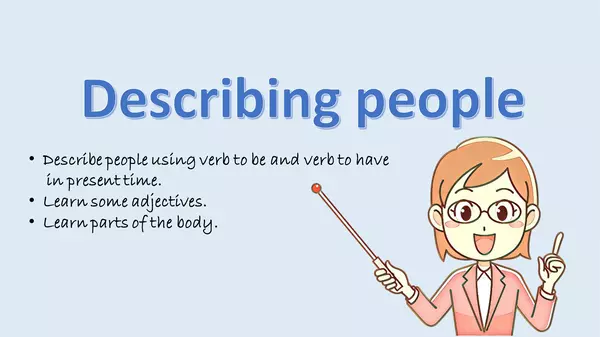
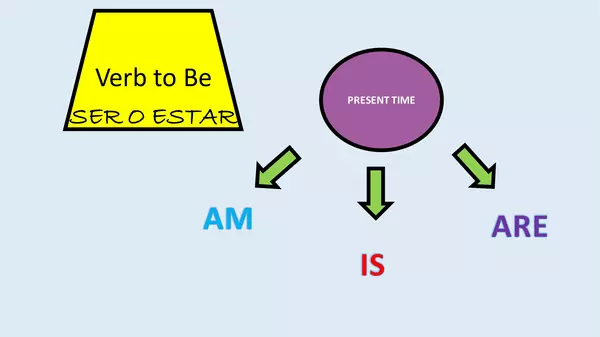
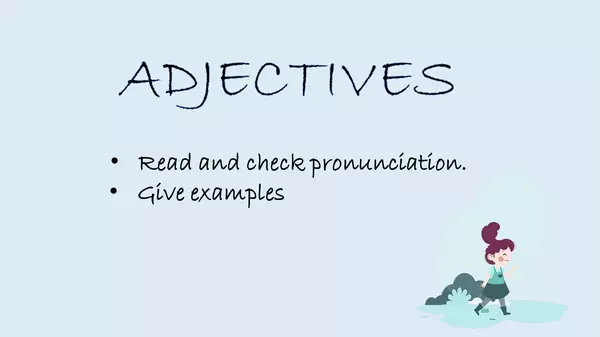
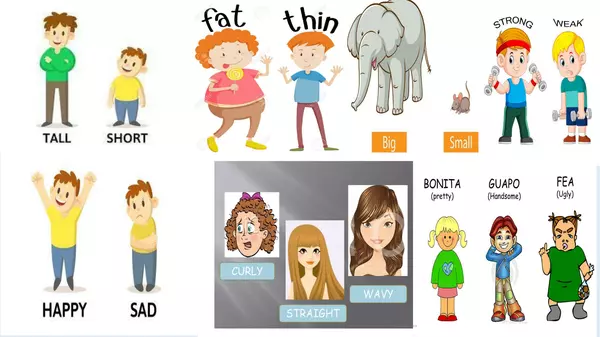
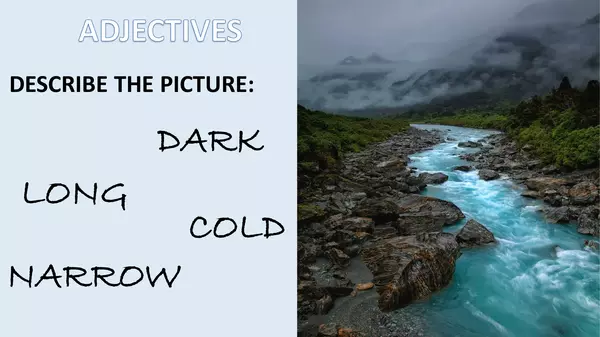
| Downloads count | 3 |
| Resource type | Activity |
| Recommended age | 8 - 12 years |
| File information | pptx, 14 pages, 4 MB |
Espero les sirva tanto como a mi.





| Downloads count | 3 |
| Resource type | Activity |
| Recommended age | 8 - 12 years |
| File information | pptx, 14 pages, 4 MB |
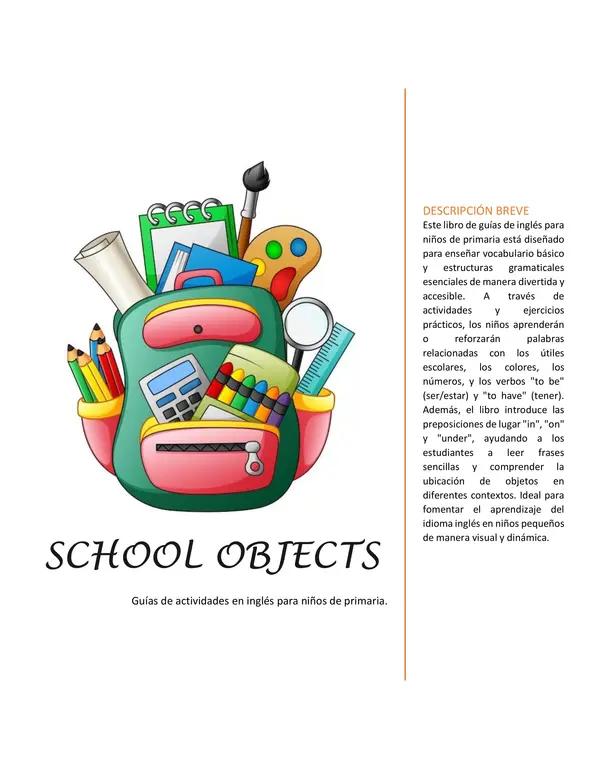
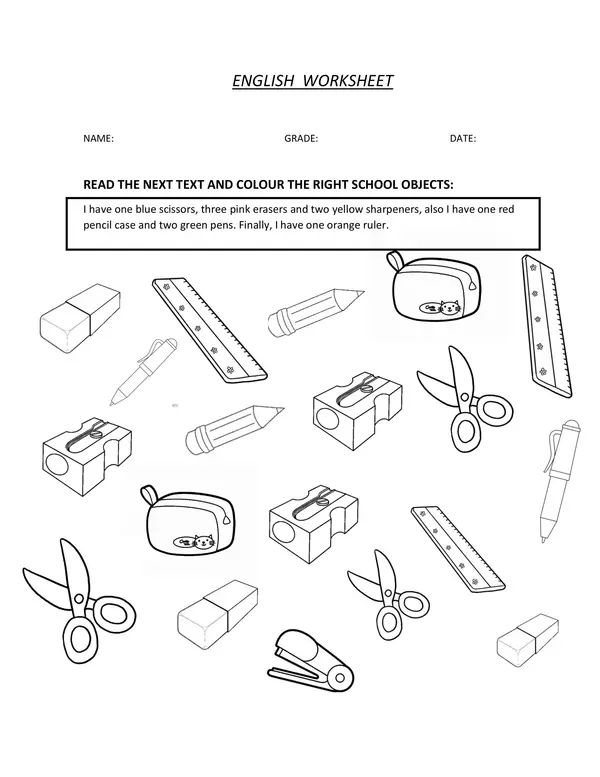
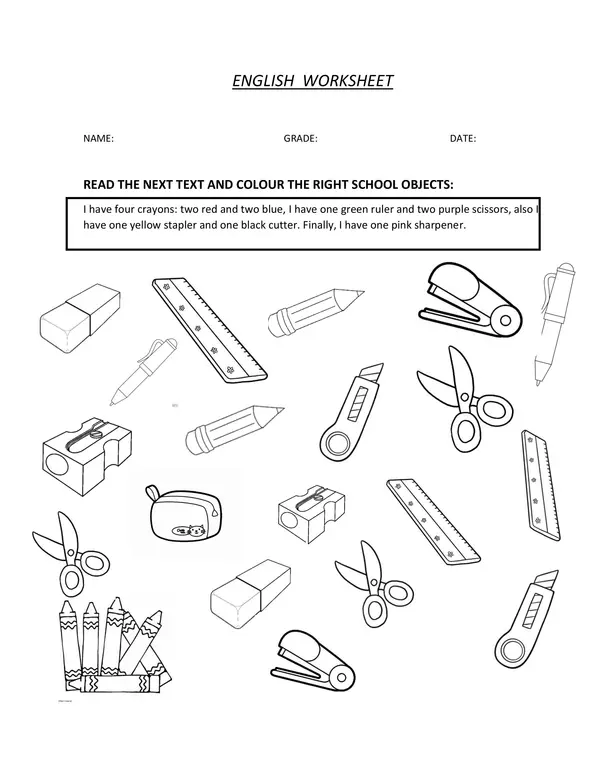
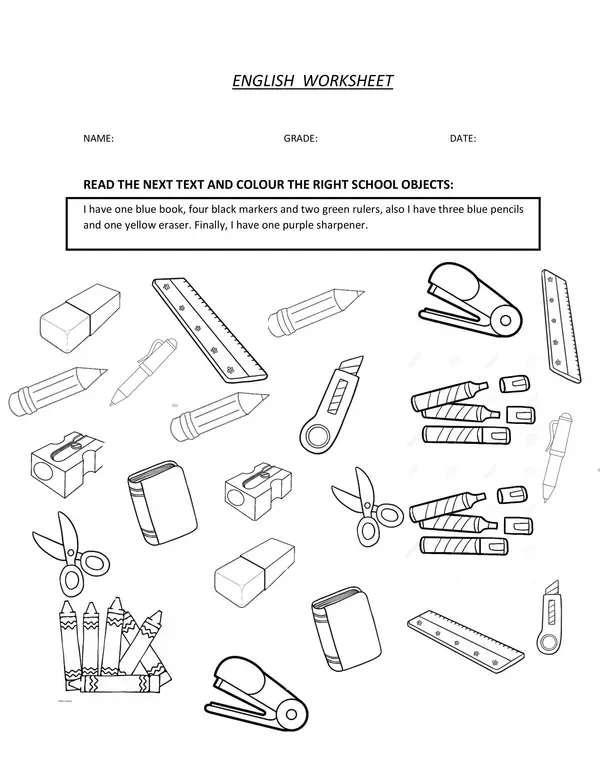
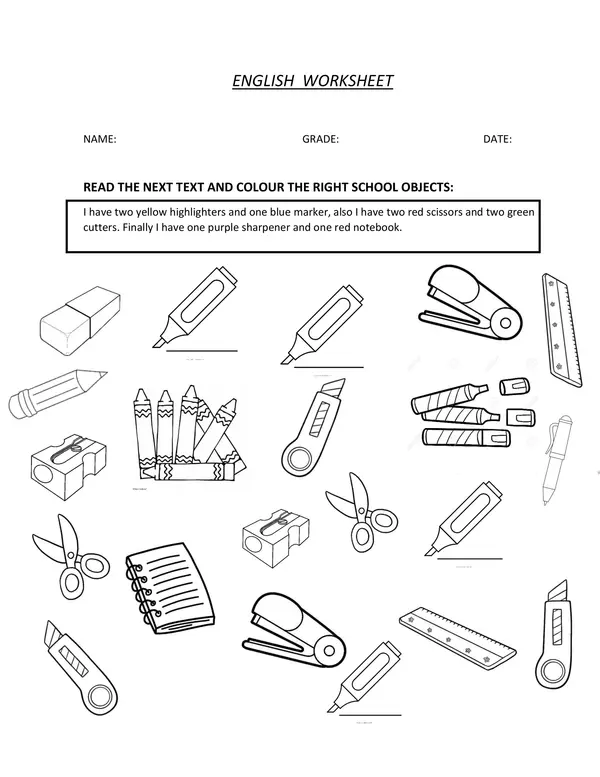
| Resource type | Worksheet |
| Recommended age | 7 - 10 years |
| File information | pdf, 11 pages, 704 KB |
There are no comments yet, write one yourself!
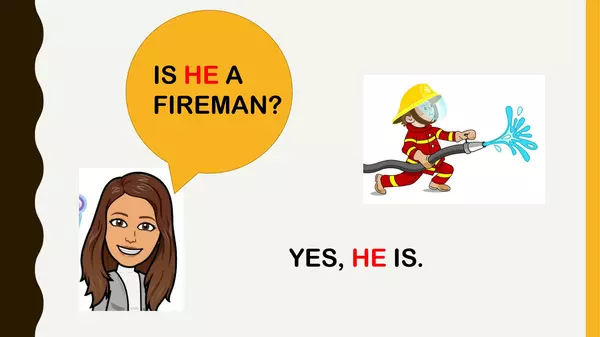
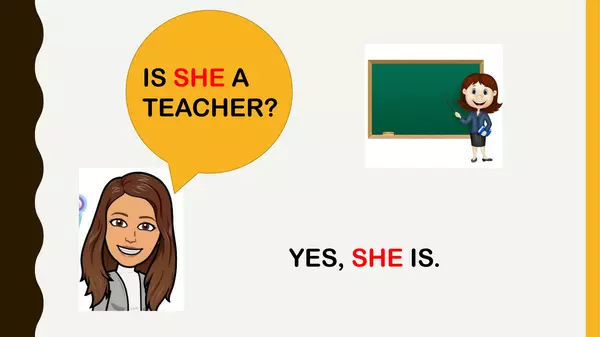
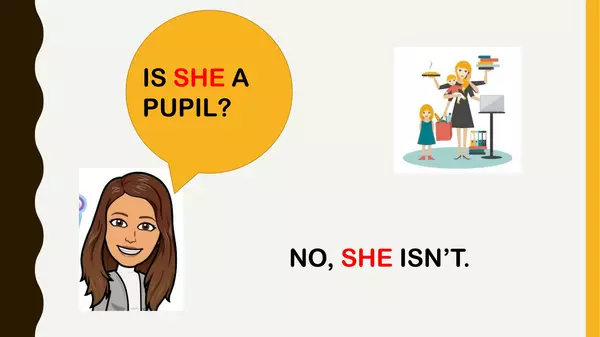
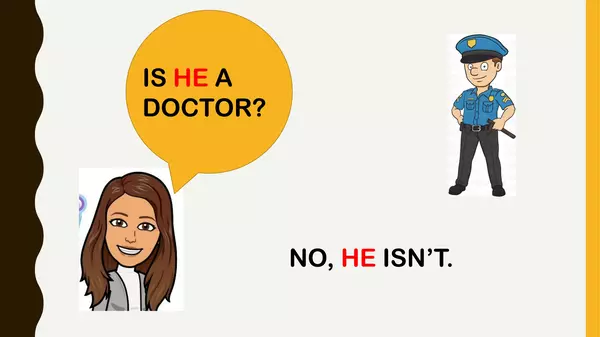
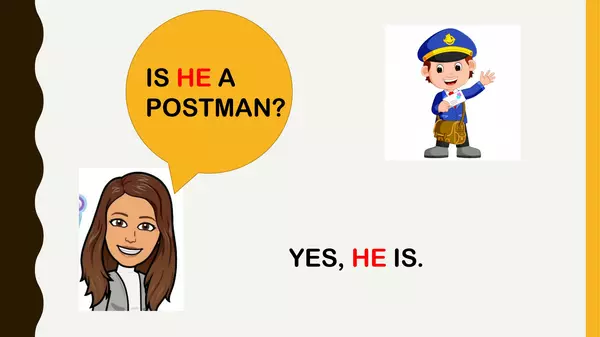
| Downloads count | 1 |
| Resource type | Lesson |
| Recommended age | 6 - 7 years |
| File information | pptx, 12 pages, 1.33 MB |
There are no comments yet, write one yourself!
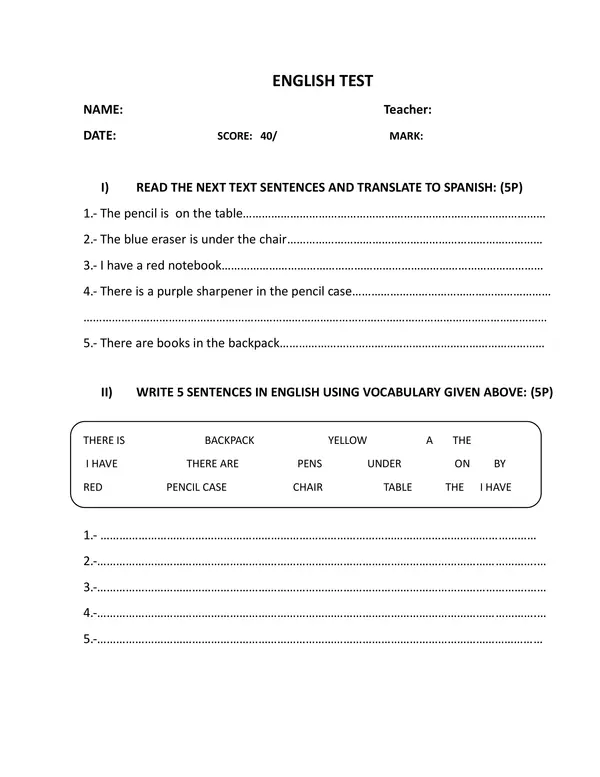
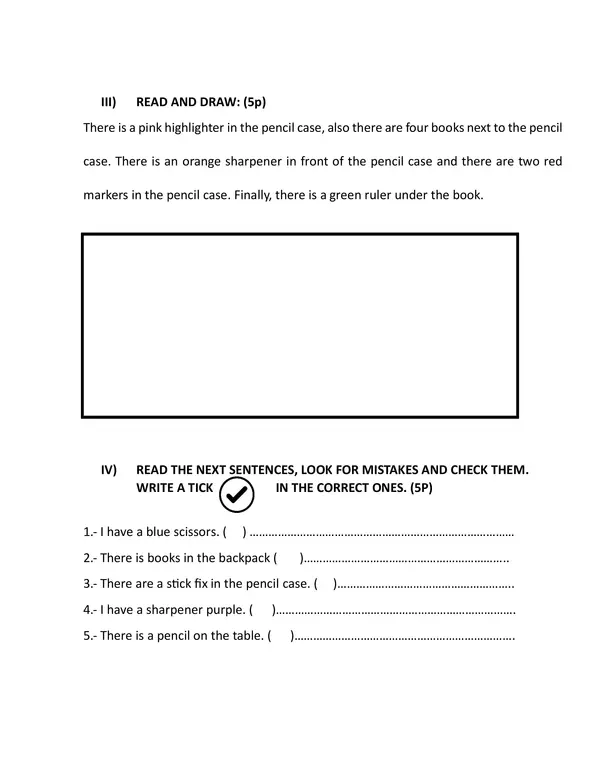
| Resource type | Assessment |
| Recommended age | 10 - 12 years |
| File information | docx, 3 pages, 41.7 KB |
There are no comments yet, write one yourself!
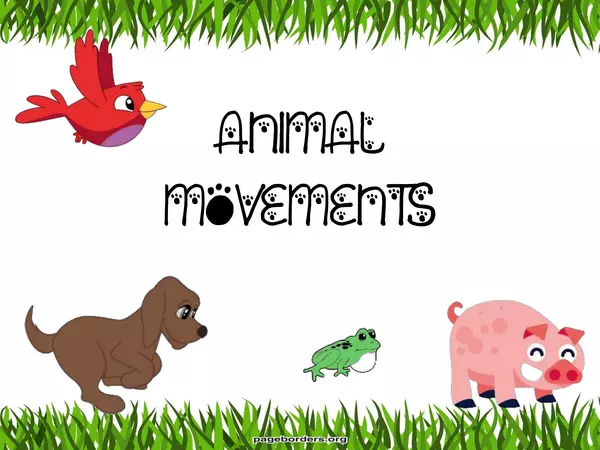
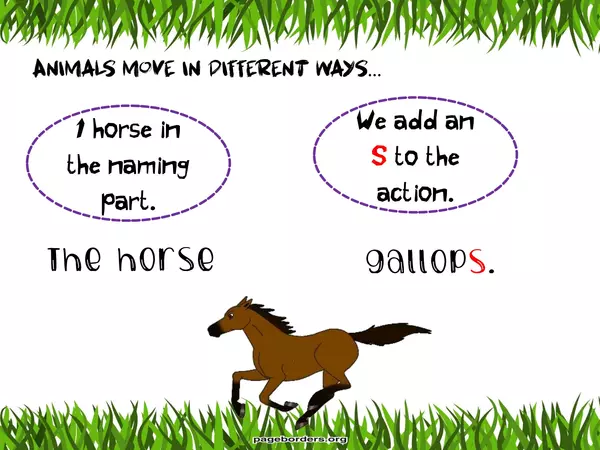
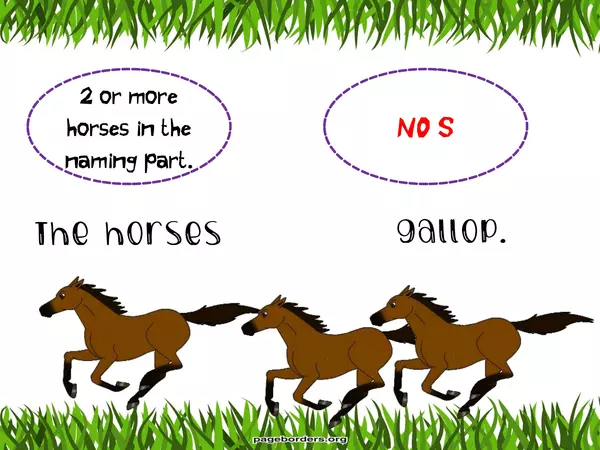
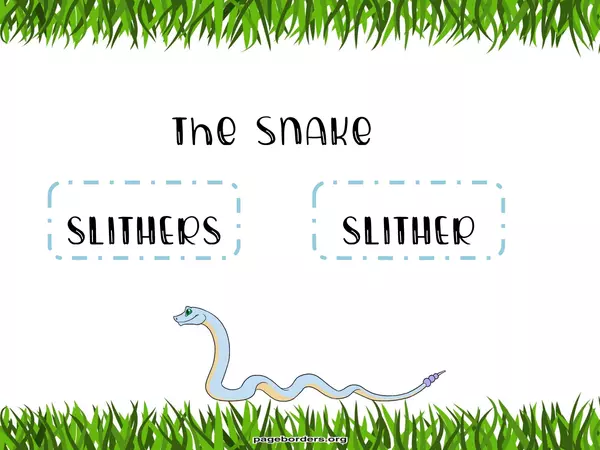
| Resource type | Lesson |
| Recommended age | 6 - 8 years |
| File information | pdf, 9 pages, 558 KB |
There are no comments yet, write one yourself!
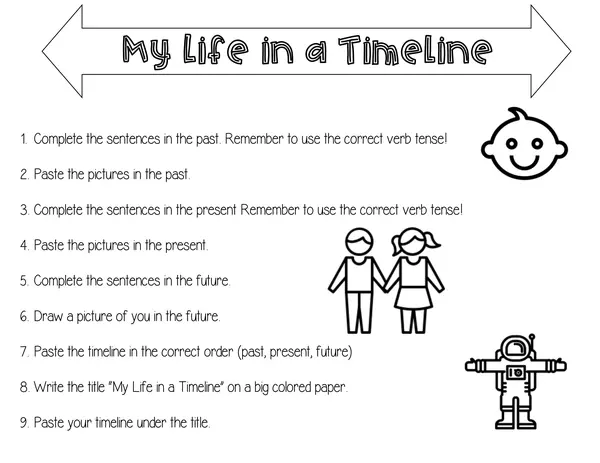
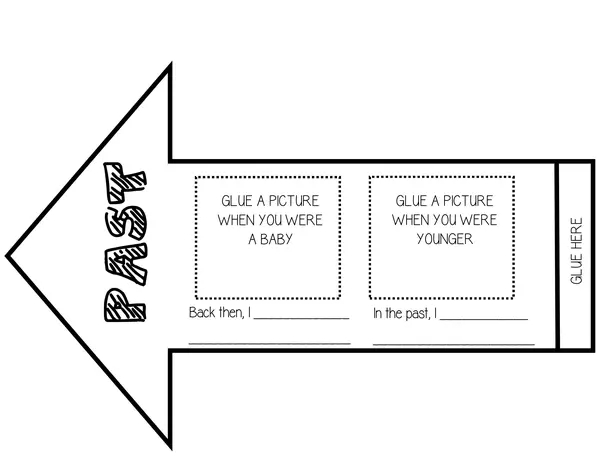
| Resource type | Assessment |
| Recommended age | 7 - 8 years |
| File information | pdf, 5 pages, 203 KB |
There are no comments yet, write one yourself!
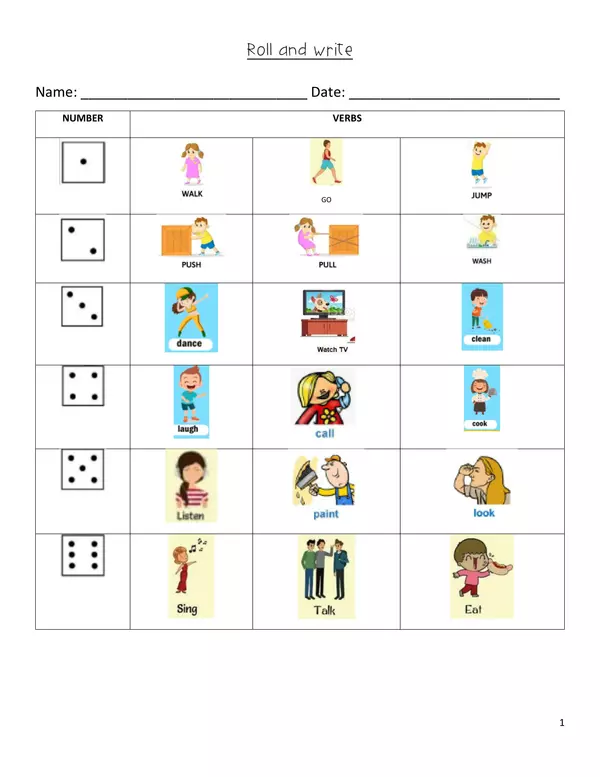
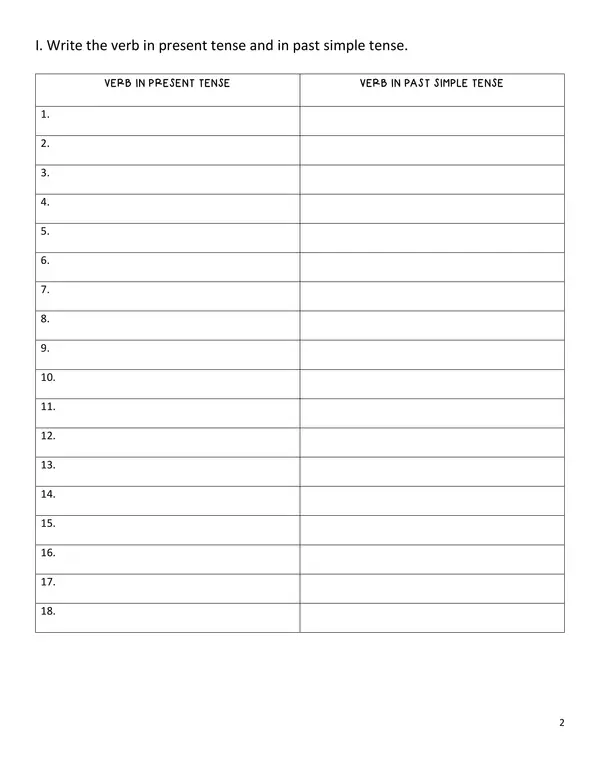
| Resource type | Activity |
| Recommended age | 8 - 15 years |
| File information | pdf, 3 pages, 686 KB |
There are no comments yet, write one yourself!
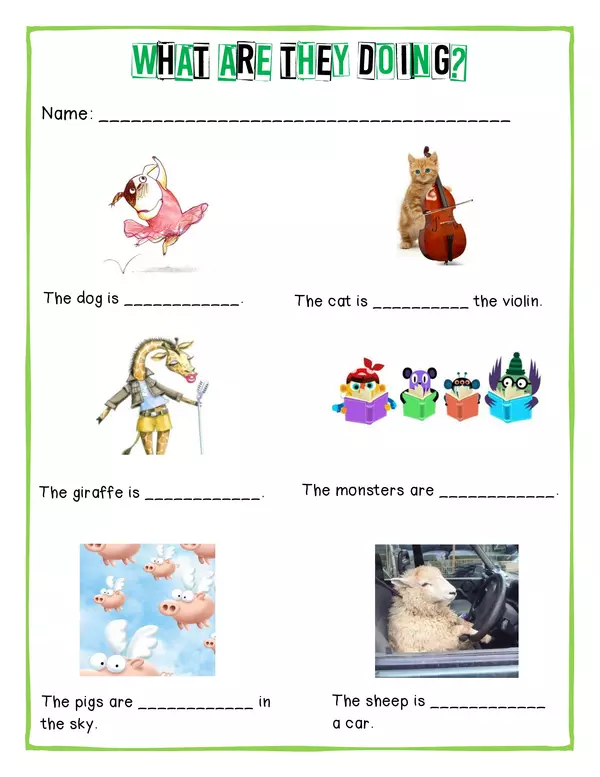
| Rating | 5.0 out of 5 (1 review) |
| Downloads count | 2 |
| Resource type | Worksheet |
| Recommended age | 6 - 8 years |
| File information | pdf, 1 pages, 213 KB |
* This teacher didn't use the resource with students
Los estudiantes se involucraron mucho en la actividad. Les parecía interesante las oraciones en sí y los dibujos. Este material también fue adaptado y bien recibido por estudiantes con problemas en su proceso de lectoescritura.
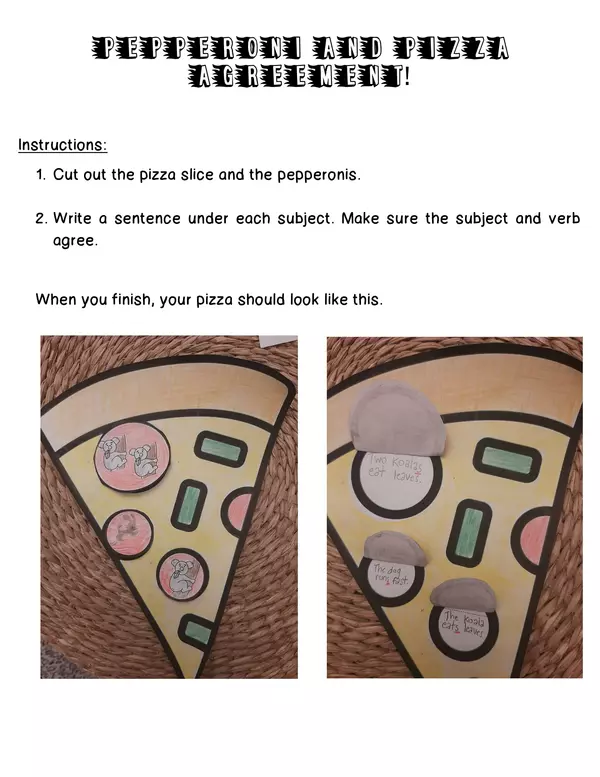
| Resource type | Activity |
| Recommended age | 6 - 8 years |
| File information | pdf, 2 pages, 514 KB |
There are no comments yet, write one yourself!
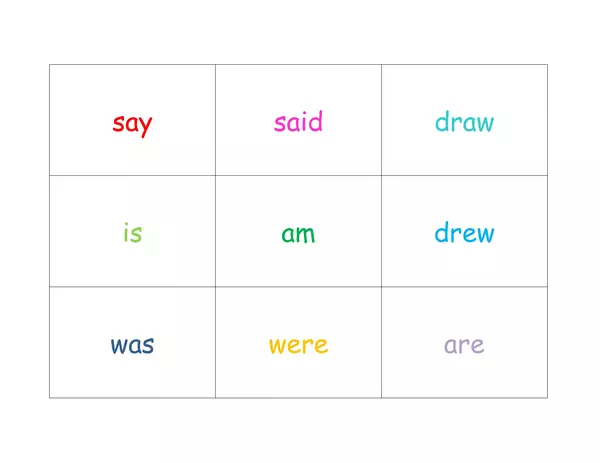
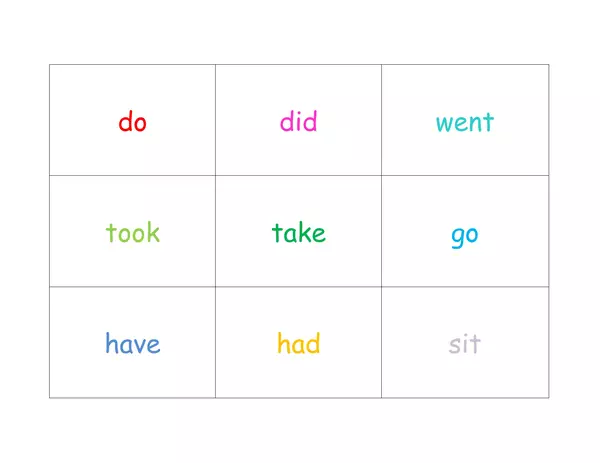
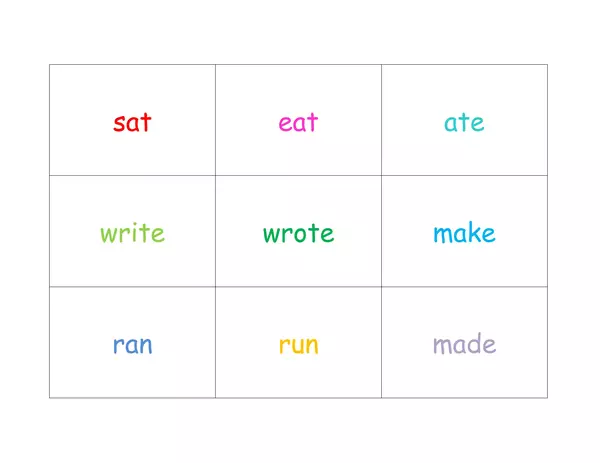
| Resource type | Activity |
| Recommended age | 6 - 8 years |
| File information | pdf, 7 pages, 294 KB |
There are no comments yet, write one yourself!
There are no comments yet, write one yourself!